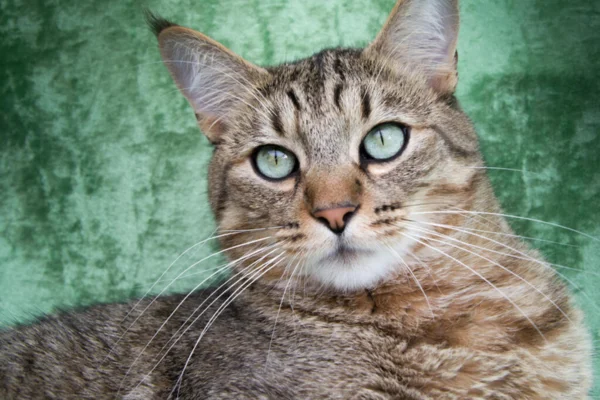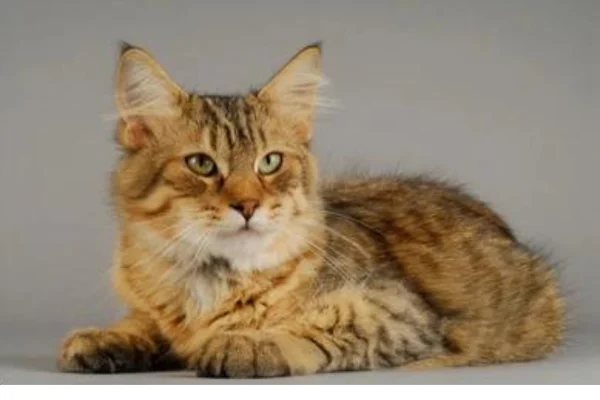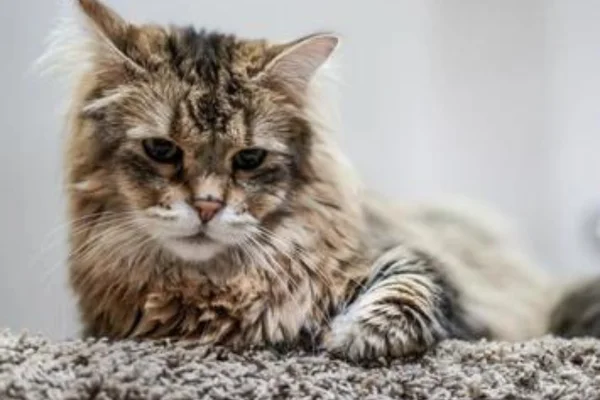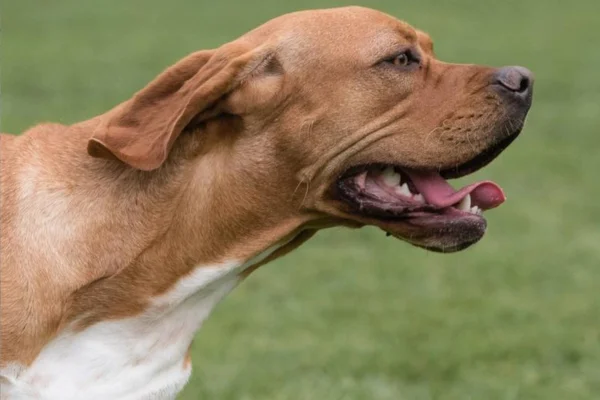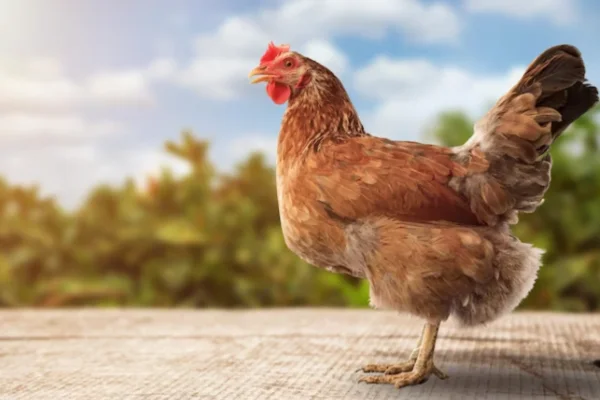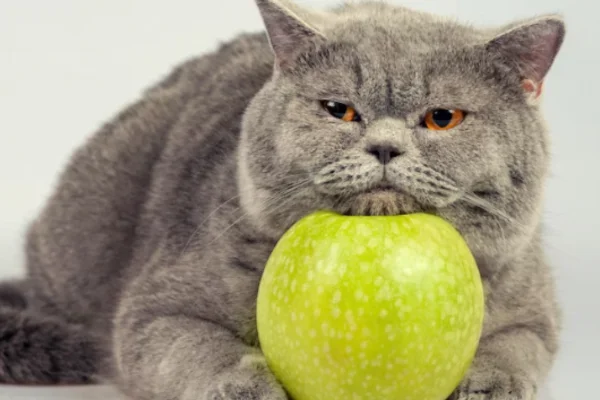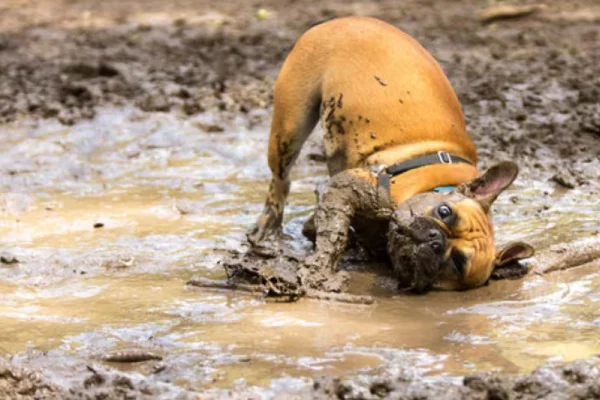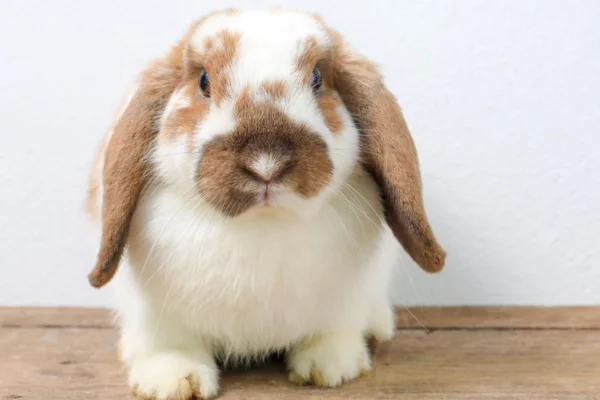Pixie Bob: The Fascinating Cat with the Appearance of a Lynx
Cats are incredible companions, each with their own unique characteristics and personalities. Among the many breeds that delight cat lovers, one stands out for its wild appearance and friendly personality: the Pixie Bob. In this article, we'll explore the history, characteristics, temperament, care and curiosities about this unique breed.
The origin of this breed
The history of the Pixie Bob is relatively recent, dating back to the 1980s. It is believed that the breed arose from natural crossbreeding between domestic cats and wild lynx in the northwestern region of the United States. Although there is no concrete scientific evidence for this theory, the appearance does resemble that of a lynx, with its dense coat, short tail and tufts of hair on its ears.
The breed's creator, Carol Ann Brewer, found a peculiar-looking wild cat in 1985 and named him "Pixie". Believing it had lynx genes, Carol began a selective breeding program to create cats with similar characteristics, giving rise to what we know today as Pixie Bob.
Contents
Physical characteristics
Pixie Bob is a robust and muscular cat, with an appearance that evokes the wildness of lynxes, but with a docile and friendly temperament. Some of its most striking physical characteristics include:
- Coat: The coat can be short or semi-long, always dense and soft. The color varies between shades of brown and grey, often with spots or stripes that increase its resemblance to a lynx.
- Tail: One of the most distinctive features is its short tail, which can be between 2.5 and 15 centimeters long. This short tail is a genetic mutation and is one of the reasons why the breed stands out.
- Ears: The ears are medium-sized, with tufts of hair at the tips, similar to those of lynxes. The ears are positioned in such a way as to give Pixie Bob an alert and wild expression.
- Eyes: The eyes are large and can vary from gold to green, giving them a deep and intense expression.
- Body: The body is strong and muscular, with a robust bone structure. Males can weigh between 5.5 and 9 kg, while females generally weigh between 4.5 and 7 kg.
Temperament and Personality
Despite their wild appearance, Pixie Bob are known for their docile and friendly temperament. They are extremely loyal and affectionate cats, often forming strong bonds with their owners. Some notable behavioral characteristics include:
- Socialization: The Pixie Bob is highly sociable and gets on well with other pets and children. They are known for their patient and tolerant nature, which makes them excellent companions for families.
- Intelligence: This breed is remarkably intelligent and can be trained to perform simple tricks and commands. They are curious and like to explore their environment.
- Activity: Although they are active and like to play, Pixie Bobs also appreciate moments of calm and rest. They like to climb and need toys and scratchers to keep them stimulated.
- Vocalization: Pixie Bobs have a soft vocalization and often communicate with their owners through trills and purrs rather than loud meows.
Care and Maintenance
Caring for a Pixie Bob is not very different from caring for other breeds of cat, but some specific considerations are important to ensure their health and well-being:
- Food: A balanced and nutritious diet is essential. Protein-rich foods are recommended to maintain Pixie Bob's robust muscle mass.
- Grooming: Dense coats require regular brushing to prevent tangles and remove loose hairs. For cats with semi-long coats, brushing should be more frequent.
- Health: The Pixie Bob is a healthy breed, but like all cats, they should receive regular veterinary check-ups. Some health conditions, such as urinary problems and obesity, can occur, so it's important to monitor their health closely.
- Exercise: Making sure Pixie Bob gets plenty of exercise is crucial. They love to play and need activities that challenge their intelligence and physical abilities.
Curiosities about the breed
- Polydactyly: An interesting feature of the Pixie Bob is that many individuals of the breed have polydactyly, i.e. extra toes on their paws. This does not affect their health and contributes to their unique appearance.
- Recognition: The breed was officially recognized by the International Cat Association (TICA) in 1998, and has since gained popularity among cat lovers.
- Protective Nature: Some Pixie Bob owners report that their cats exhibit protective behaviors similar to those of dogs, such as guarding the house and warning of intruders.
Conclusion
The Pixie Bob is a fascinating breed that combines the majestic appearance of a lynx with the friendly and affectionate personality of a domestic cat. Its interesting origin, distinctive physical characteristics and docile temperament make it an excellent companion for families and individuals looking for a loyal and unique feline friend. With the right care and an enriching environment, Pixie Bob is sure to bring joy and fascination to any home.
Thank you for visiting us and check out our other work

